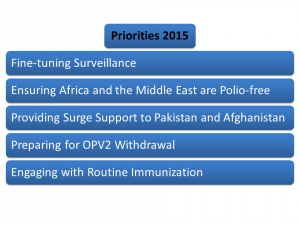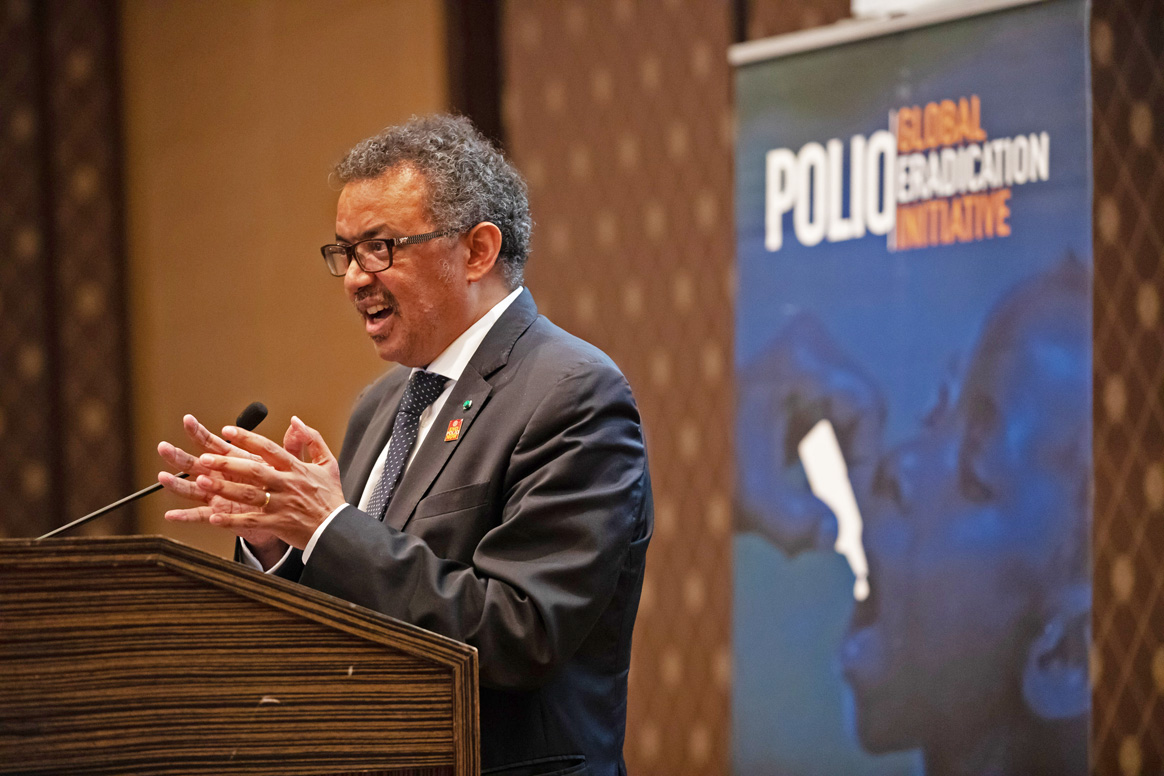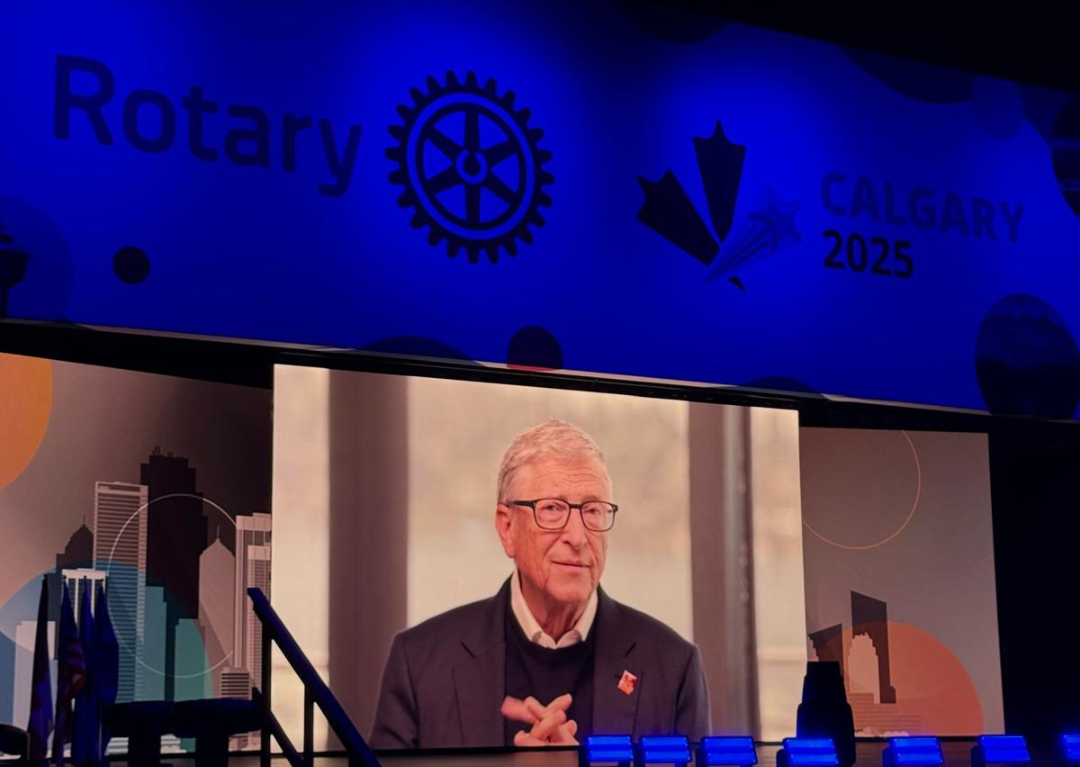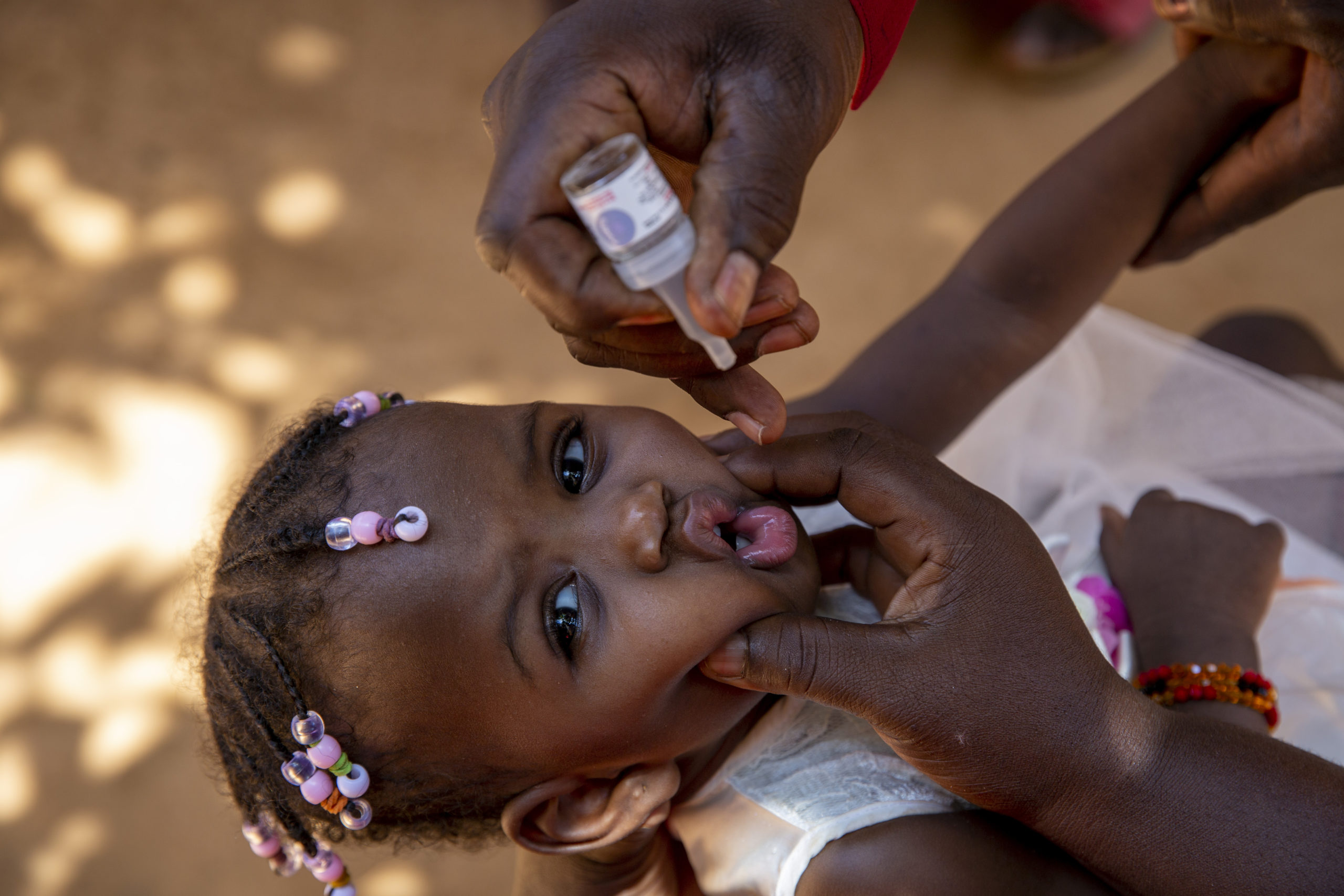As 2015 approaches, the GPEI sets priorities to make 2015 the last stand of thepoliovirus around the world.

The last few years have seen the Global Polio Eradication Initiative (GPEI) evolve and grow in response to the threats posed to the world by the final strongholds of the poliovirus. Despite being more geographically limited than ever before, at the end of 2014 the virus continues to pose challenges that must be faced in 2015 if we are to protect children from this disease forever.
We have the tools and the knowledge to tackle each problem that we will face in the coming year, so long as we can maintain the rigour and momentum needed to see the job done. We have more friends than ever before to join us in partnership for the final stages. The following priorities have been set for the partnership to build on the gains made so far and to address the key risks and challenges of the coming year:



